No more Treasure, time for Discovery
In 1976, Disney decided to rethink its Treasure Island strategy. While the pirate theming was nice, the Imagineers knew they had the opportunity to try something a bit more ambitious. In their search for a new concept for the island, they did what Imagineers have been doing for decades – they looked back at some ideas they'd previously tossed aside.
And so, at this point, Disney revived that old Walt idea about giving guests a face-to-face encounter with real, exotic wildlife and pushed the island exhibit more in the direction of a zoo. They expanded the island's size, increasing the area for animals to live, and they shifted the experience's focus to be more about those animals. By 1978, the island earned a new moniker to live up to its new direction: Discovery Island.
It quickly earned full accreditation from the American Aquarium and Zoo Foundation, and was truly a place guests could go to learn more about wildlife in a more well-themed and exciting location than a local zoo. There were hundreds of species of animals on the island, and its Cast Members not only taught guests about the animals on display, but they also helped breed and rehabilitate endangered animals and species. While it was never overly crowded, it was most definitely a success – and it operated in this fashion for roughly two more decades.
What was Discovery Island like?
In many, many ways, Discovery Island was like a dress rehearsal for Disney's Animal Kingdom. To guests staying at Walt Disney World in the early days, it seemed quite out of the way – you couldn't drive there, nor get there straight from the monorail. If you wanted to get to Discovery Island, you had to take a boat. It sort of had the feel of Tom Sawyer Island in the Magic Kingdom: In visiting the attraction, you felt particularly adventurous, as though you were embarking on a large and grand expedition. In reality, you were just crossing Bay Lake on a small boat, and pulling up to a relatively low-profile dock.
From there, once you were on Discovery Island, it was even more Animal Kingdom-esque. Curving, branching pathways gave guests multiple possible routes to use to tour the island, increasing the sense of adventure and heightening the feeling of exploration.
The island was full of small exhibits, each showcasing a new animal species. They were spread far enough apart to feel as though they were simply part of the natural environment, immersing guests in the wildlife atmosphere. There were even some shows, such as a bird show that featured exotic avian creatures performing tricks.
For the most part, the wildlife exhibits consisted of animals that could survive in the Florida climate without much additional effort. They weren't the most high profile animals in the world, but they were still very exciting to encounter.
Eventually, Disney would incorporate more traditionally popular animals like giraffes and tigers in Disney’s Animal Kingdom, but for Discovery Island, the appeal was much more low key.
Importantly, constructing seamless and effective animal exhibits on the island gave the Imagineers the experience they would later need in building Disney's Animal Kingdom. That aesthetic – the natural world overtaking and living in harmony with the artificial world – first began on Discovery Island.
The beginning of the end
So, why did Discovery Island go away? Well, a lot of reasons. The location in the center of Bay Lake was truly a deterrent to some guests. Either they thought it was much more difficult to get to than it actually was (many guests would have to take a bus to the Magic Kingdom, a monorail to the Contemporary, and then a boat to the island), or they simply didn't realize it existed. Beyond that, Disney had a few issues handling and caring for the animals – some of which may have been rather bad, according to government investigators.
In 1995, a two-month investigation led to 16 state and federal charges being filed against Disney and its Discovery Island employees for, according to the Orlando Sentinel at the time, “the death of vultures which were crammed into a tiny, overheated shed for days with limited food and water.” Disney claimed there was a misunderstanding and eventually settled out of court, but the damage was largely done. If Disney was going to continue to give guests this type of animal-related experience, changes were going to have to be made.
And so, later in 1995, Disney reconvened and needed to make a decision: Was Discovery Island lagging in attendance because it was a bad idea, or was it underperforming due to the fact that it was under-supported and needed a large capital investment?
Ultimately, Company opted to make a bold move and try to reboot this idea elsewhere on the property – that project would later become Disney's Animal Kingdom.
And, at that moment, the writing was on the wall for Discovery Island. It was only a matter of time before the site would close, its animals would be moved to the Animal Kingdom facilities, and the island would be cut off for good.
Sure enough, in 1999, Discovery Island closed – ironically, on April 8, the 25th anniversary of its opening.
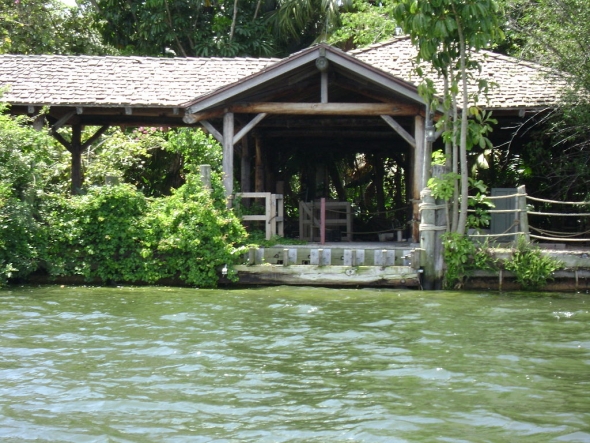
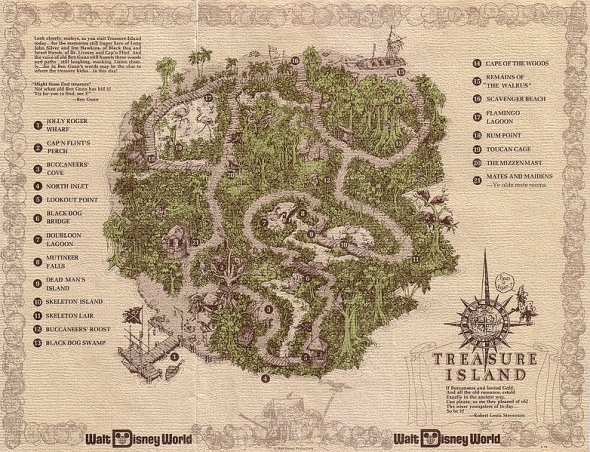
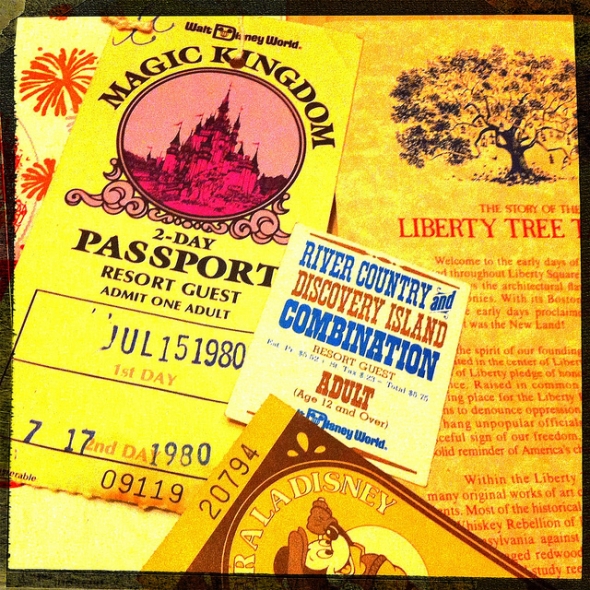
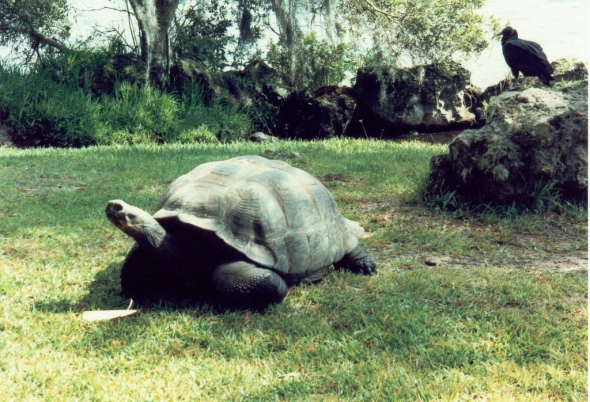
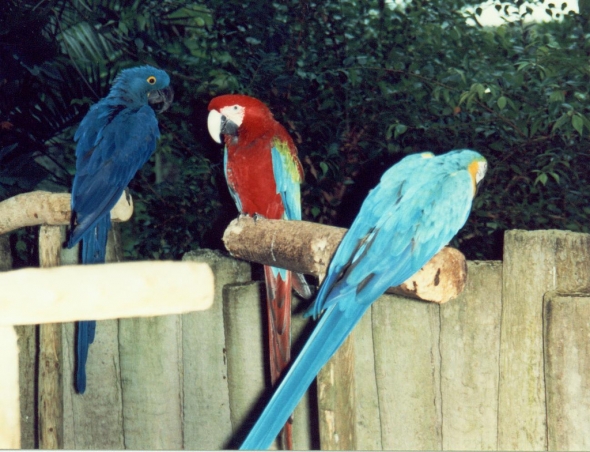
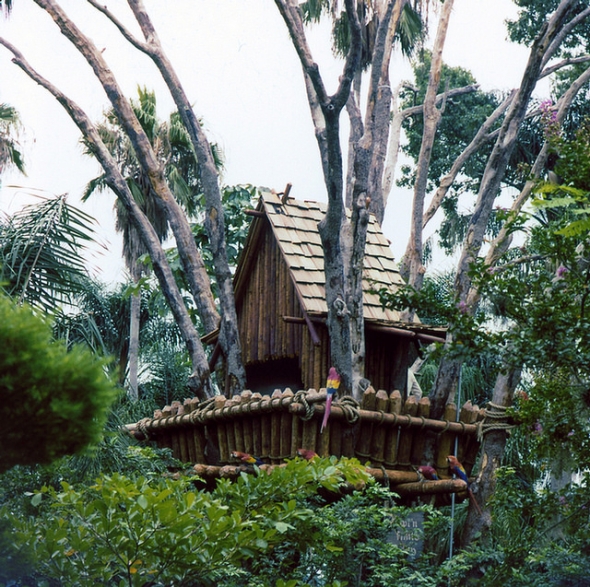
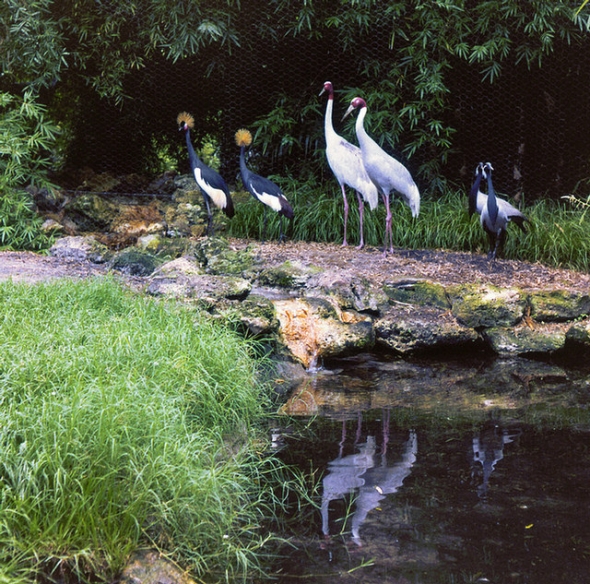
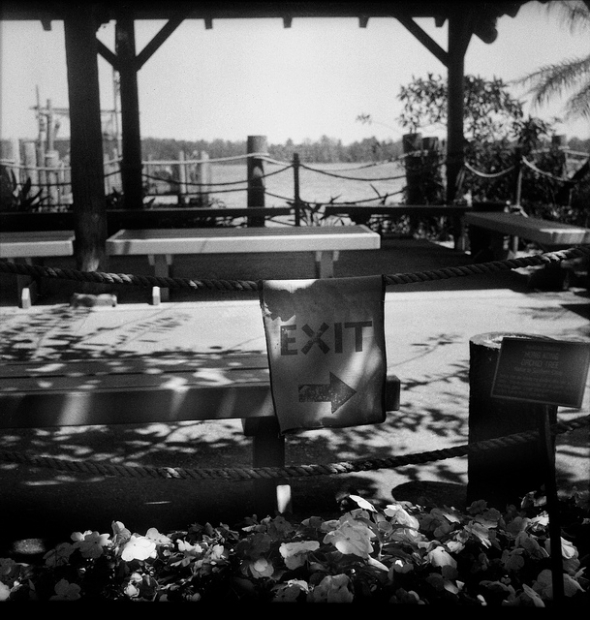

Comments
I am so happy that I got to experience Discovery Island numerous of times. We would go to River Country then Discovery Island. It was a relaxing day away from the theme parks. It was such a natural habitat for the wild life. I do miss the smaller and simpler times at Disneyworld.